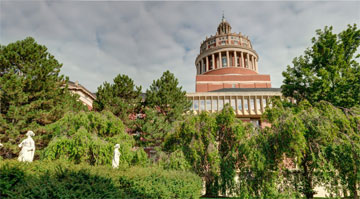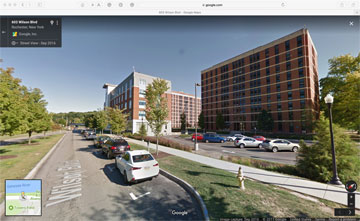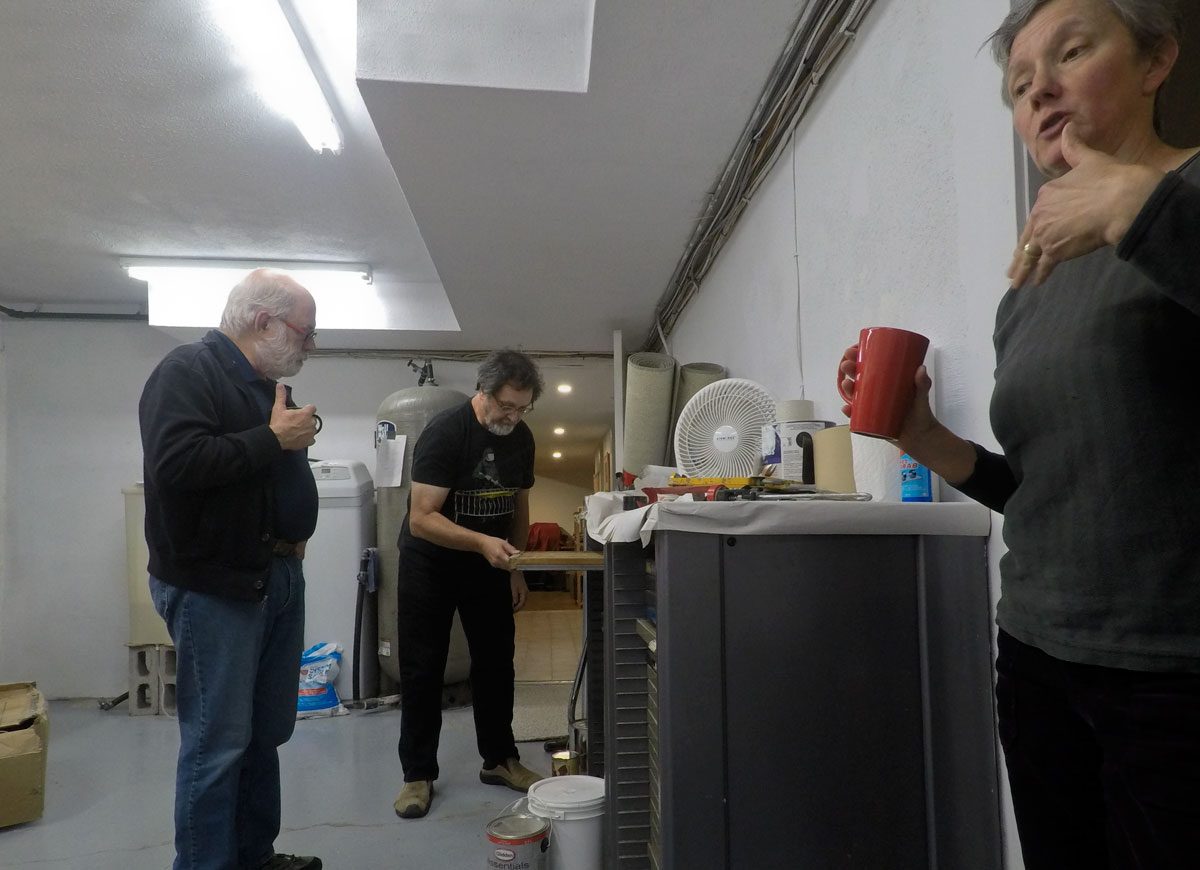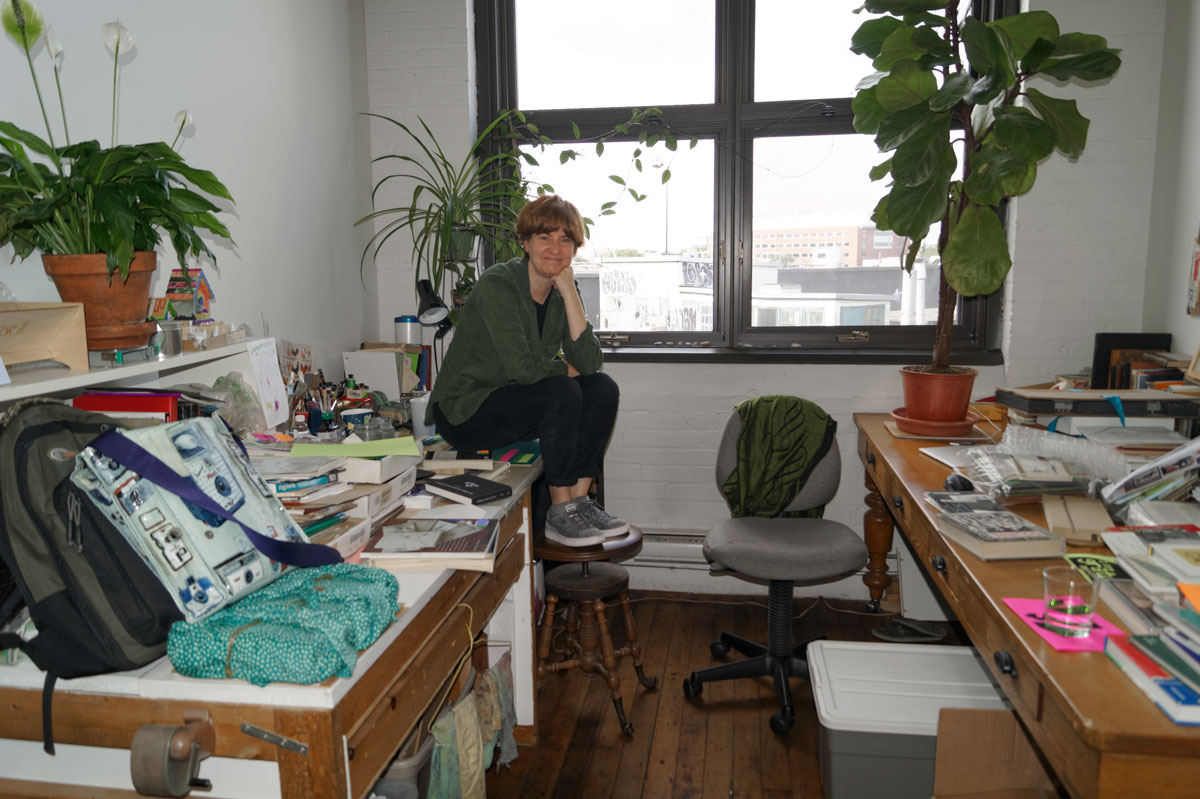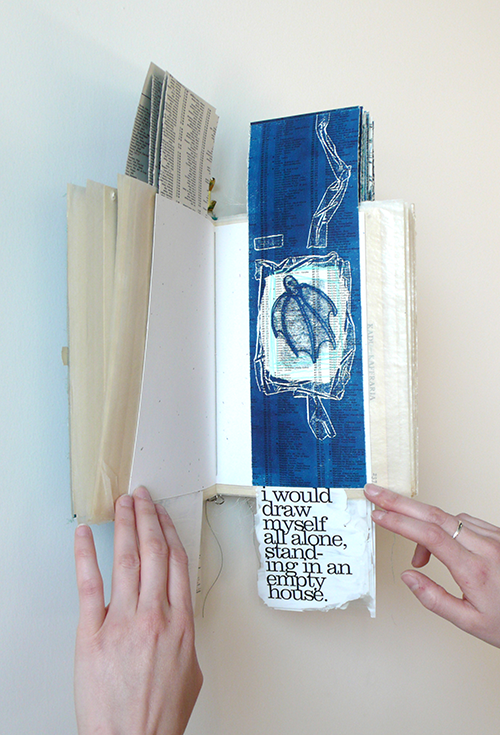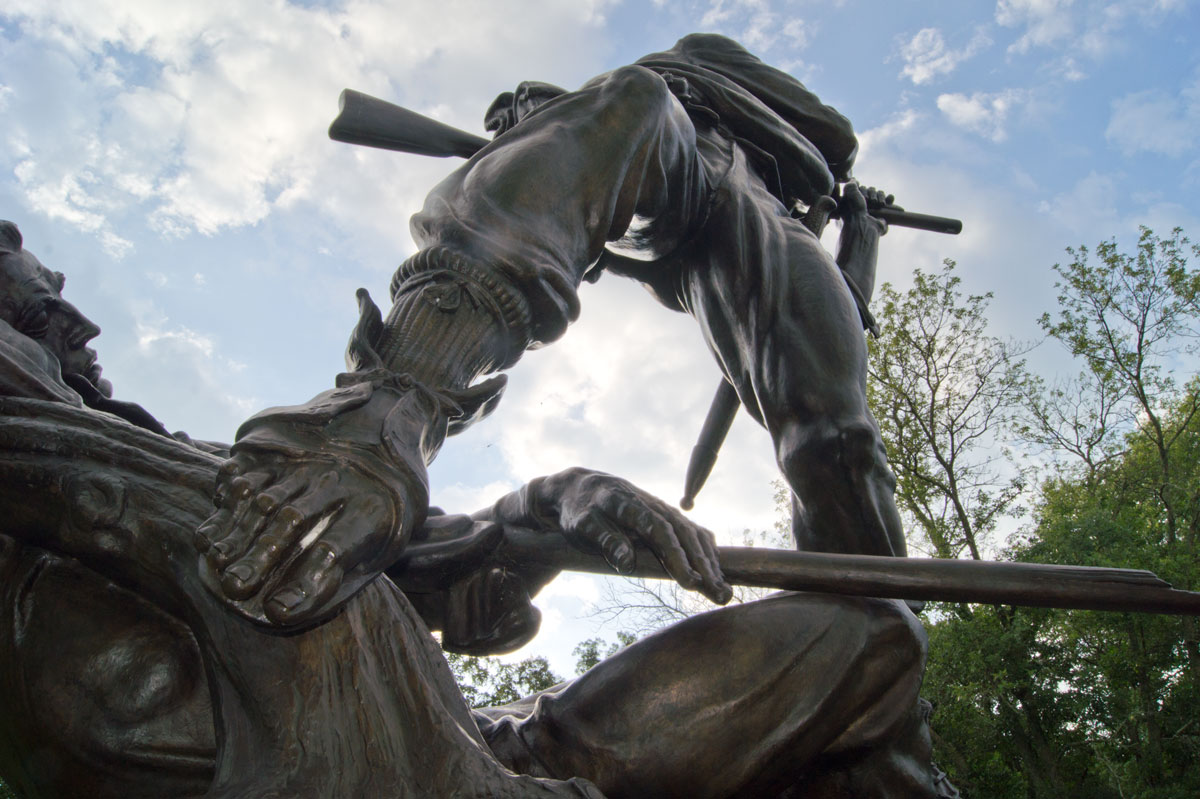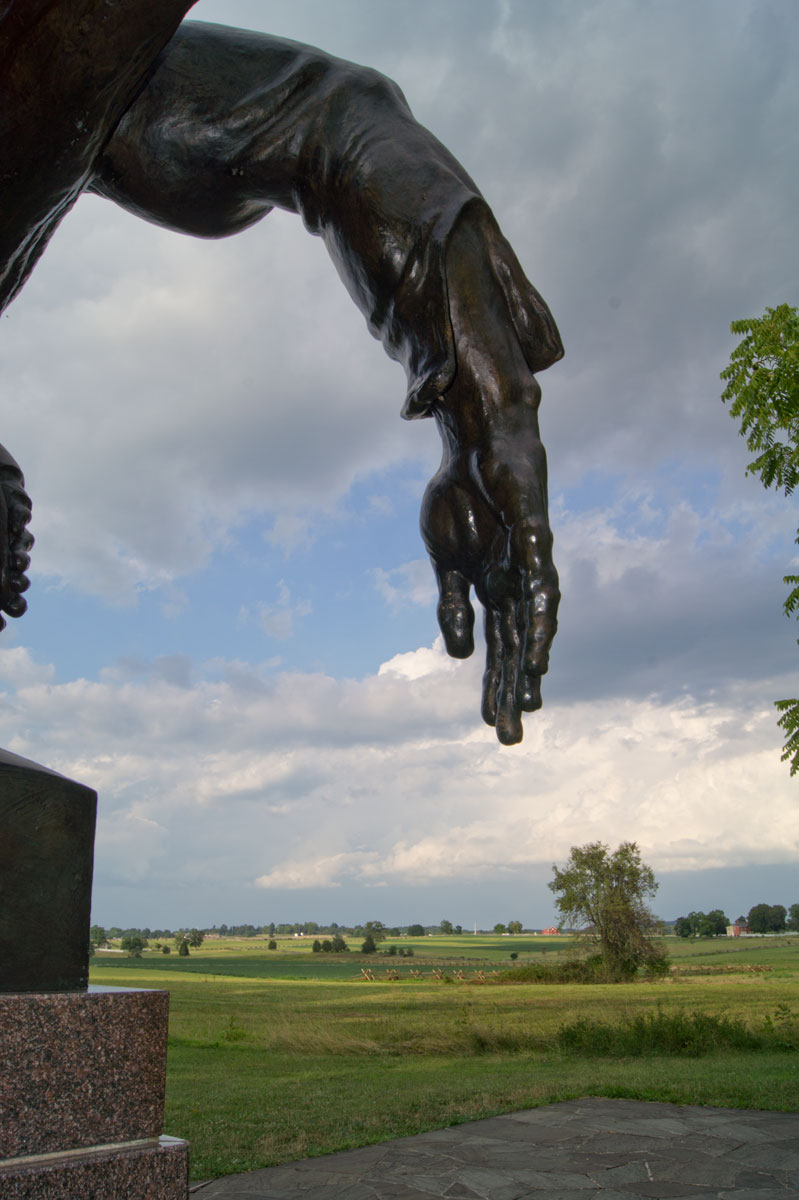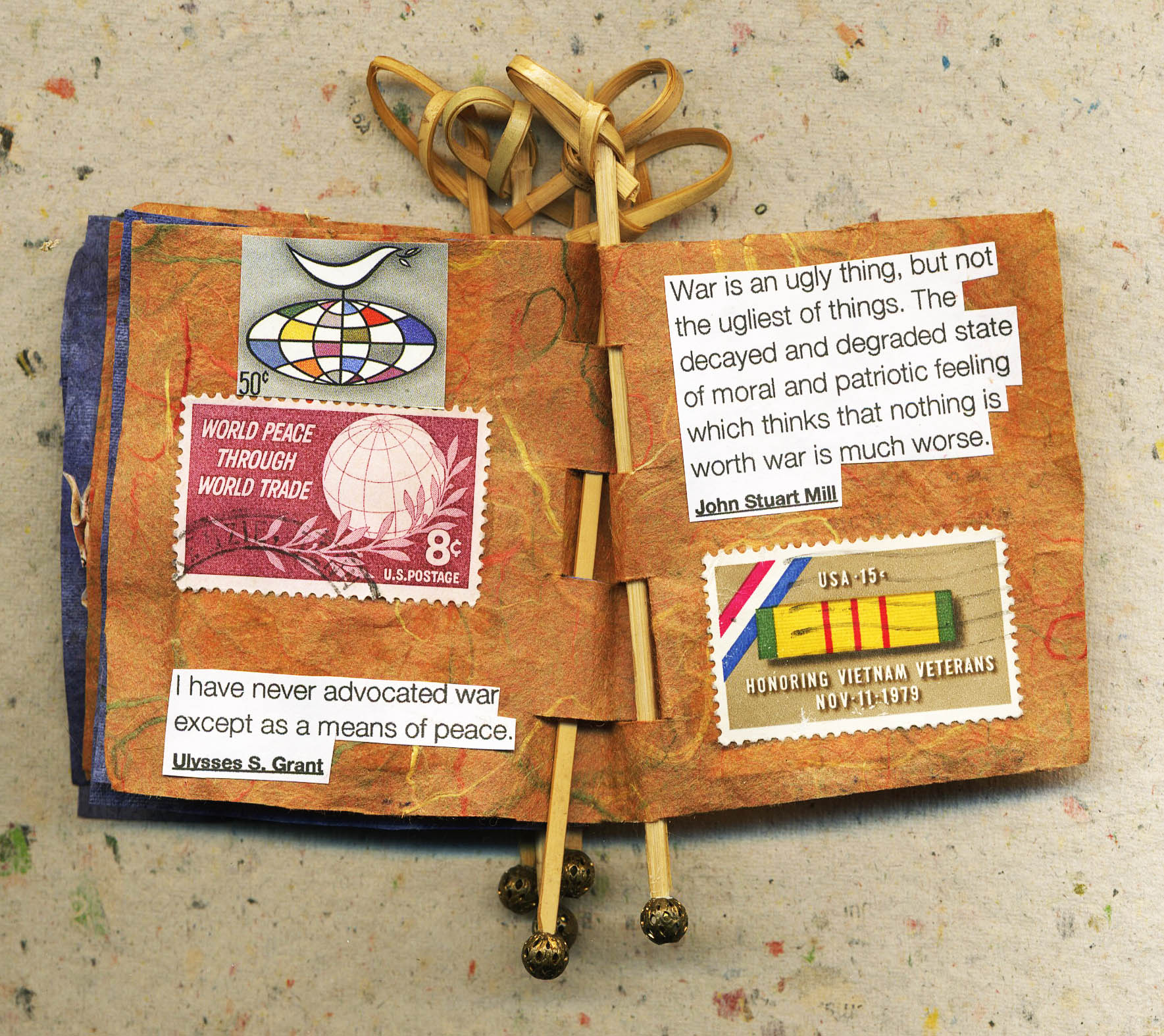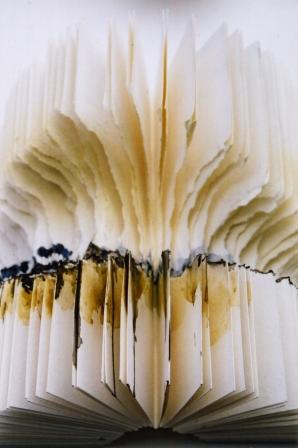As I travel, my on-going goal is to promote my artists' books. After a few emails to book arts collections in Texas, I scheduled two appointments.
My first rendez-vous was with Shā Towers, Curator of the Book Arts Collection, Art Liaison Librarian, and Associate Director of the Central Libraries at Baylor University. Since 2007, the artists’ book collection of The Crouch Fine Arts Library has grown to over 800 works representing many artists and presses. The collection functions as a teaching collection for both studio artists working in the medium and various disciplines outside the arts. The collection includes a wide-ranging representation of everything from single-page constructions, complex forms, sculptural book-works, fine press, letterpress, photography, handmade papers, textiles, collaborative works, and more.
© 2017 Louise Levergneux, the Jesse H Jones Library, one of the central libraries at Baylor University in Waco, Texas
© 2017 Louise Levergneux, the Jesse H Jones Library entrance to a very friendly staff
I arrived in Waco, had a pleasant visit and exchange on the Library collection with Shā. Following my artists' books presentation, I left re-energized. It’s nice to talk with someone who has an understanding, interest and creates artists' books.
I'm thrilled to say my artists’ books: Conversation, Decades Apart, Traverse, the Texas and New Mexico volumes of City Shields, are now part of the Crouch Fine Arts Library.
© 2016 Louise Levergneux, Conversation
© 2015 Louise Levergneux, Traverse
© 2012 Louise Levergneux, Decades Apart
© 2006 Louise Levergneux, City Shields, New Mexico volume
© 2017 Louise Levergneux, door in downtown Waco, Texas
My second consultation was with Rebecca Pad, Humanities Liaison Librarian for the Fine Arts Library at the University of Texas.
© 2017 Louise Levergneux, Oak trees around the Doty Fine Arts Building
Examples of Artists' Books can be found in Libraries and Art Collections across the University campus. The artists' books in these collections contain illustrations by artists, livres d'artistes, multiple-copied and inexpensive produced booklets, limited-edition, and handcrafted books.
Rebecca Pad, three other colleagues and I sat and reviewed my books. I took pleasure in seeing my ideas and concepts experienced with amusement. I’m fond of bringing a smile to the reader, part of my artistic statement and philosophy behind my work.
At the end of our session, the Fine Arts Library acquired Ambivalence, a flip book from the Outside of the Studio series entitled Earth.20 and my last published book Shadow Me.
© 2010 Louise Levergneux, Ambivalence
© 2012 Louise Levergneux, Earth.20 from the Outside the Studio Series
© 2017 Louise Levergneux, Shadow Me
Shadow Me is a documentary that exemplifies solitary moments after the loss of unconditional love of a devoted companion. Rebecca was touched by this book, I’m glad it's now part of the collection.
In the past, I wasn’t keen on talking about my work, but Texans have a way of welcoming you, what can I say Y'all made me feel at home!

























